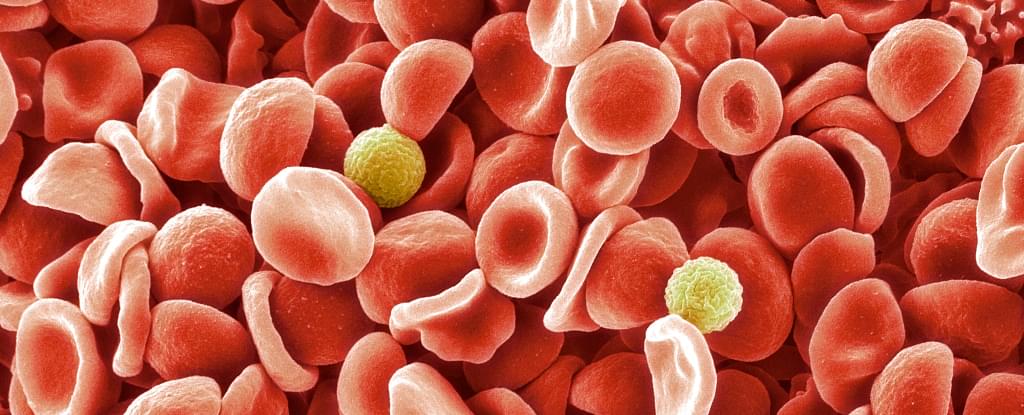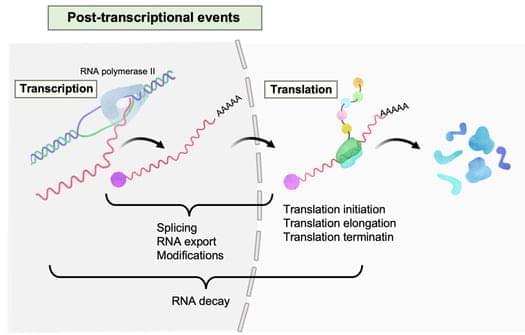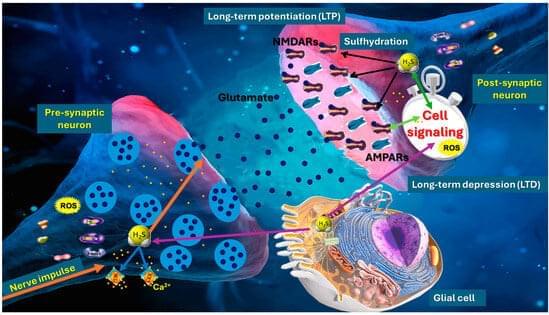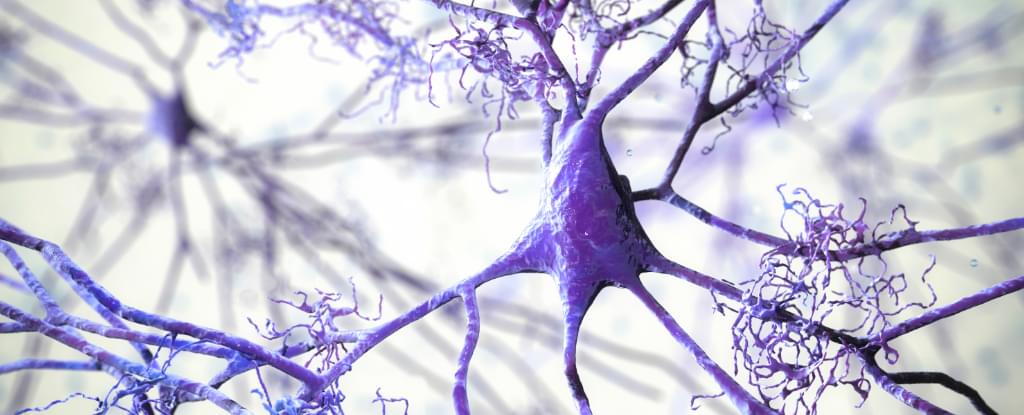When a pregnant woman had her blood sampled back in 1972, doctors discovered it was mysteriously missing a surface molecule found on all other known red blood cells at the time.
After 50 years, this strange molecular absence finally led to researchers from the UK and Israel describing a new blood group system in humans. In 2024, the team published their paper on the discovery.
“It represents a huge achievement, and the culmination of a long team effort, to finally establish this new blood group system and be able to offer the best care to rare, but important, patients,” UK National Health Service hematologist Louise Tilley said last September, after nearly 20 years of personally researching this bloody quirk.





